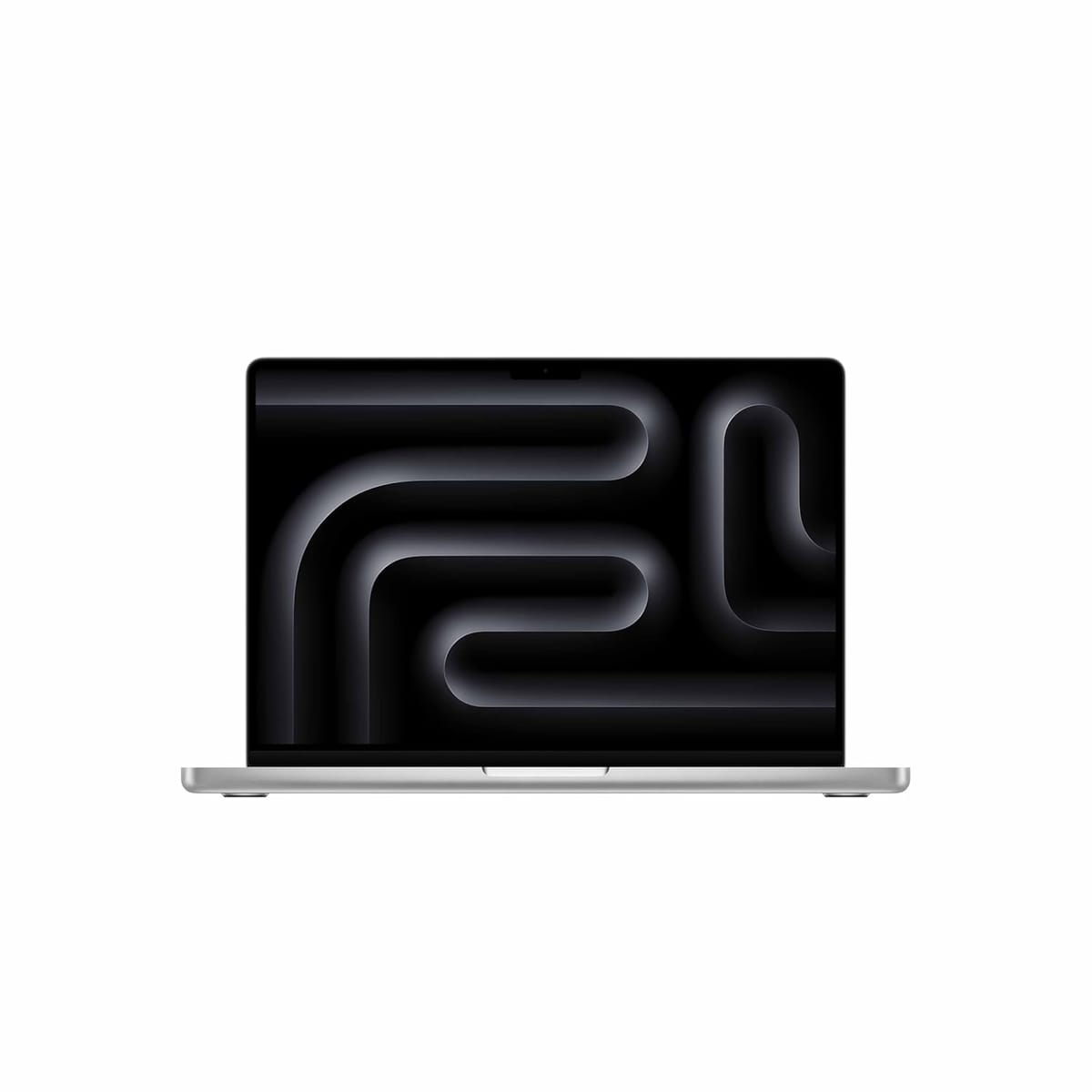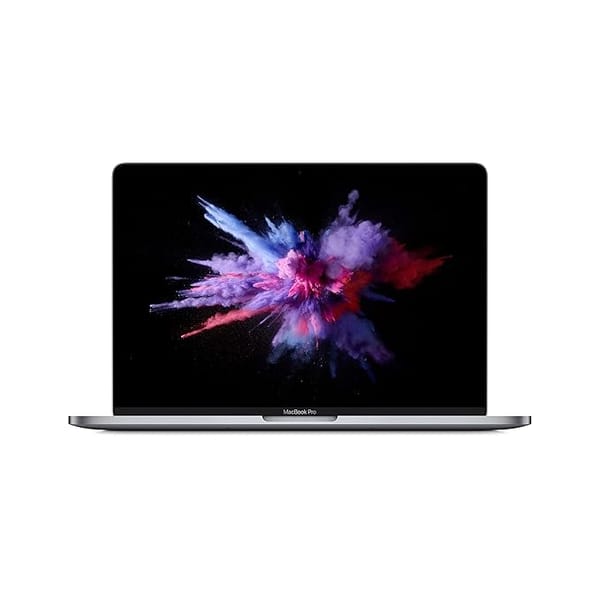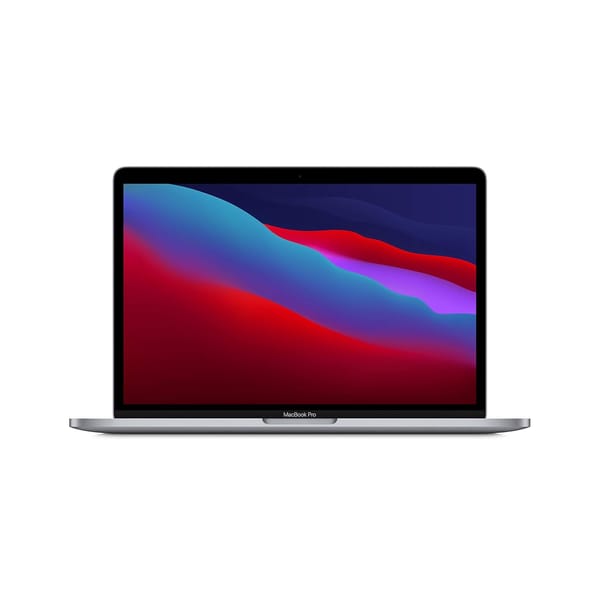MacBook Pro M5 2025: Complete Guide to Specs, Performance and Why You Should Upgrade
The Apple MacBook Pro M5 is designed for demanding professionals who need reliable high performance. Faster chip architecture, improved AI processing and excellent battery life make it a serious long term workstation choice.

TL;DR The Apple MacBook Pro M5 is the most capable professional laptop Apple has shipped to date. It is not a small refresh. It is a device built for actual working people in production environments who need consistent speed every single day. The new generation chip has higher CPU and GPU output, improved thermal control and much faster on device AI processing. Editors, developers, designers, engineers, data teams and technical students will notice real time gains. HDR display quality remains class leading and battery life is long enough to support full days away from a desk. This is a future proof investment.
Introduction
If you are a professional user in 2025, the Apple MacBook Pro M5 is the machine that is getting the most real world attention. This is not normal hype generated from marketing launches. This is genuine discussion inside post-production studios, code deployment rooms, design agencies, data science teams, VFX units and even startup tech stacks. Professionals are reacting to this device differently because the M5 generation finally represents a real step forward, especially in the AI direction.
Apple positioned this generation as a capability jump rather than a normal cycle refresh. The previous M4 laptops were already powerful and efficient. However, what has changed in the M5 era is the balance between raw performance, sustainable thermal behavior, long consistency during load, and local AI intelligence. For creators and engineers who do heavy, sustained work this M5 generation feels less like “a faster MacBook” and more like “a new class of local workstation”.
What is new in MacBook Pro M5?
The Apple MacBook Pro M5 targets people who do not want casual computing. This device is intended for people who manage deadlines, production pipelines, client delivery, automation scripts, dev container clusters, database work and heavy render workloads. The primary theme of this generation is reliability and predictability.
Apple continues its principle of minimal, purposeful design. No unnecessary LEDs. No aggressive “gaming” visuals. The machine retains a clean, industrial, calm presence. Every surface feels intentional. The build language is consistent: precise, rectangle, quiet. Apple’s design confidence shows they know this device will be in professional environments where subtlety is respected.
M5 Chip Architecture
At the centre is the M5 Apple Silicon SoC. It features a 10-core CPU and a 10-core GPU with a refined 3nm processor. Under the surface, this generation is engineered with a stronger thermal envelope. This means the chip can sustain higher throughput under longer stress sessions without regular fan intervention.
A major highlight is the uplift in the Neural Engine. Apple is clearly shifting from “AI is here as a bonus” to “AI is a core workload”. Local inference performance is significantly faster. Model evaluation speed is higher. Automation scripts that involve ML operations feel more fluid. Users running repeated inference runs or continuous dev workflows get more consistent result windows.
MacBook Pro M5 Specifications
The Liquid Retina XDR panel on the M5 continues Apple’s high-end visual tradition but with improved control and sustained HDR brightness. True brightness is extremely important for real professional workflows colourists, photographers and VFX professionals need predictable highlight behavior, stable mid-tones, and controlled shadow detail. The M5 maintains 1,000 nits sustained brightness and peaks up to 1,600 nits. This is not just a number for slides this brightness stability is the reason HDR grading can be trusted on this machine.
Apple continues offering only 14-inch. This is not a marketing range professionals genuinely have strong personal workflow preferences. Some need portability because they move between client studios, production sets, colleges and work desks. Some want a bigger canvas because it reduces window switching fatigue. Apple respects this variation.

Physical design remains minimal, silent, precise. The aluminium body is cut clean, there is no visual “flare”, and Apple has expanded recycled material usage to maintain environmental discipline. The machine continues the philosophy of quiet professionalism.
Memory and Storage Options
Unified memory starts at 16GB and can scale up to 64GB. This is critical. Professionals today run multiple parallel contexts: code compilation, database indexing, browser sessions, multi-layer Figma files, ML notebooks, local vector DBs, etc. The memory bandwidth in this generation helps all of these stay fluid. Less swapping. Less stutter. Less waiting.
Storage begins at 512GB and can go up to 2TB. Storage on Macs is not only capacity it is throughput. High bandwidth SSDs make preview rendering faster, code dependency rebuilds quicker, media scrubbing smoother, sample libraries load instantly, and general OS responsiveness becomes near-instant. This results in a workstation that feels consistent even after messy app switching. Professional work depends on reliability M5’s memory and storage architecture is built to maintain momentum.
Port Connectivity and Battery Life
The MacBook Pro M5 ships with three Thunderbolt 4 ports one more than the previous iteration, HDMI, an SDXC card reader and MagSafe. This is a direct result of listening to professional feedback. Apple stopped the forced dongle situation and restored meaningful physical I/O. This matters because professional users plug in cameras, monitors, DACs, cloud dev hardware, capture cards and fast storage regularly. A pro machine must support direct workflows.
Battery life is quoted up to 22 hours. In real world professional context, this means one thing: mobility without fear. You can take this machine into a co-working cafe, a client meeting room, a shoot location, an edit suite, or a university campus, and continue working without dependency on a nearest wall socket.
MacBook Pro M5 Performance: Benchmarks and Real-World Performance
Synthetic benchmarks are a reference. Professionals do not buy a MacBook to stare at benchmarks they buy it to remove friction between idea and the execution.
CPU Performance Gains
The new CPU micro architecture is more efficient per watt and this is more important than raw GHz. You feel the benefit in daily work because you receive instant burst performance the moment your workload spikes and you also receive sustained performance for longer periods without fans constantly escalating. When you run a heavy local script, a container build or a video transcode, the machine reaches peak speed quickly with no slow warm up. Then when you move into consistent workloads such as streaming data processing, ML training loops or complex local server builds, the chip maintains that pace without thermal penalty or throttling.
GPU Performance and Graphics
The upgraded GPU cores are not only faster, they are more distributed and more parallelised which makes video encoding, colour transformations, motion graphics, three dimensional viewports and particle simulations significantly smoother. When you scrub a timeline in Final Cut or Premiere, the cursor behaves more like moving a slider in professional studio equipment with no micro stuttering or hesitation. That is what matters because performance here is not a theoretical number, it is how naturally the machine keeps up with the creative flow of the editor.
Real-World Performance for Daily Tasks
| Task | Experience on M5 |
|---|---|
| opening 40 Chrome tabs + Slack + Figma + VSCode | still fluid |
| building a Node monorepo project locally | significantly faster incremental builds |
| realtime colour grading on HDR media | stable peak brightness and no flicker |
| rendering a short Motion/VFX clip | export feels “instant” |
MacBook Pro M5 For Video Editing
Professionals editing long timeline content, colour grading HDR media, handling multicam and producing reels see a very clear shift. Playback is more stable, export is faster and scrubbing is almost instant. This is the single biggest real world performance gain for editors on M5.
Final Cut Pro, Premiere Pro, DaVinci Resolve and Motion all benefit mainly because the GPU is more parallel and because the shared memory is faster.
| Video Editing Aspect | What Changes on M5 |
|---|---|
| Timeline Scrubbing | feels continuous with very little frame hitching |
| Applying LUTs and Colour Transform | applied instantly on preview rather than lagged |
| Background Render | finishes quietly while you keep working in foreground |
| Export | shorter completion time, especially HDR HEVC |
Video editors do not talk about benchmarks. They talk about rhythm and fluidity. M5 restores rhythm.
MacBook Pro M5 For Music Production and Audio Workflows
A common bottleneck in music production is buffer timing. Previously, when sessions got heavy, you would have to raise the buffer size and latency increased.
On M5, you can keep buffer size low even in large sessions. This makes live plugin monitoring practical for more plugins and more chains. You can stack more virtual instruments in real time.
| Audio Production Task | Improvement Observed |
|---|---|
| Live Monitoring Through Plugins | cleaner and more stable signal |
| Large Session Playback in Logic or Ableton | fewer dropouts |
| Rendering Tracks | lower wait time, especially with heavy effects |
| Realtime Time-Stretch and Pitch Shift | smoother without audible stepping |
This makes musicians less afraid of “bigger ideas”. They can experiment on the fly.
MacBook Pro M5 For Developers And Programming
The M5 chip AI capabilities are inmpressive and software engineers care less about peak FPS and more about build time, local container spin up time, dev server HMR refresh speed and AI inference locally. Local LLM inference is faster due to higher memory bandwidth and better neural engine. Docker rebuilds are quicker. Node, Go, Python projects compile faster. TypeScript incremental builds feel lighter.
| Dev Workflow Component | What you feel on M5 |
|---|---|
| Next.js or Remix HMR Refresh | less pause between save and browser reflect |
| Running Local LLM Agents | more tokens per second without thermal stress |
| Docker Compose Up | faster container readiness |
| General Code Compilation | shorter iteration loop |
MacBook Pro M5 Battery Performance
Battery life on the MacBook Pro M5 is not only long in a headline specification sense, it is consistent across varied workflows. Professionals who work across terminals, editors, browser windows, virtual machines and local dev servers can get through full work days without charging anxiety. Modern codecs play back cleanly without rapid battery drops and long compile cycles or Docker rebuilds do not collapse the battery curve. This is the important shift, because battery rating is not only about watching offline video, it is about maintaining real world productivity without needing to stay tethered to a wall socket.
Who should upgrade to MacBook Pro M5 and why?
The MacBook Pro M5 is worth the upgrade for anyone who measures value in time saved and consistency under heavy load. Professionals who work with video, 3D, software development, AI and data pipelines will feel the difference immediately because the M5 is designed to accelerate real production tasks, not just improve synthetic numbers.
Here is the most intuitive way to decide.
If you are coming from older generations
| Your current Mac | Should you upgrade to M5 | Why |
|---|---|---|
| Intel Mac | Absolutely yes | massive leap in everything: speed, heat, battery, noise, AI |
| M1 / M2 | Yes, if you do heavy workloads | M5 gives you more sustained performance and more efficient multi tasking |
| M3 | Yes, if you deal with AI, VFX, 3D or multi repo builds | this is where the neural shift and new bandwidth actually matter |
| M4 | Depends on workload | if your work is 4K HDR, multi container, or AI inference, you will notice gains |
Which types of users benefit the most
| Type of user | Why M5 is a good upgrade |
|---|---|
| Video editors | smoother scrubbing, faster export, real HDR stability |
| 3D motion and VFX | more parallel GPU efficiency and higher sustained peak brightness |
| Software engineers | faster container startup, faster builds, faster HMR refresh |
| AI / ML work | local inference is meaningfully quicker and more consistent |
| Music producers | lower buffer sizes, less audio glitching, higher plugin stack stability |
| Students with technical courses | all day battery and no heat stress during labs or long sessions |
Simple rule of thumb
If your laptop generates your income or your degree output and you regularly wait for things to finish (builds, renders, models, previews), then M5 is a practical upgrade that pays itself back in reduced waiting time. If you only browse, stream, write and do occasional light design, you do not need this machine.
Final Thoughts
The MacBook Pro M5 is a clear shift in what a portable workstation can realistically provide. This model is not about incremental speed bumps. The real advantage is the removal of friction. In actual day to day work, professionals spend less time waiting for builds to finish, previews to generate, caches to rebuild or timelines to respond. The machine feels consistently quick even when under sustained load, during long sessions and across varied workflows.
This is not a device for casual use or simple browsing. It is engineered for creators, engineers, editors, developers, and people whose output is tied to the amount of work they can process in a week. The Neural Engine uplift and the stronger on device AI performance are now becoming just as important as GPU acceleration. Professional tools are starting to rely on local inference, which will only increase in the coming years.
If your productivity and your earnings rely on how rapidly you can iterate, ship, export and complete work, the M5 is not a luxury item. It is a tool that creates real momentum. Over time that momentum becomes a direct operational benefit. It helps people do serious work faster and with more confidence in the machine beneath them.



